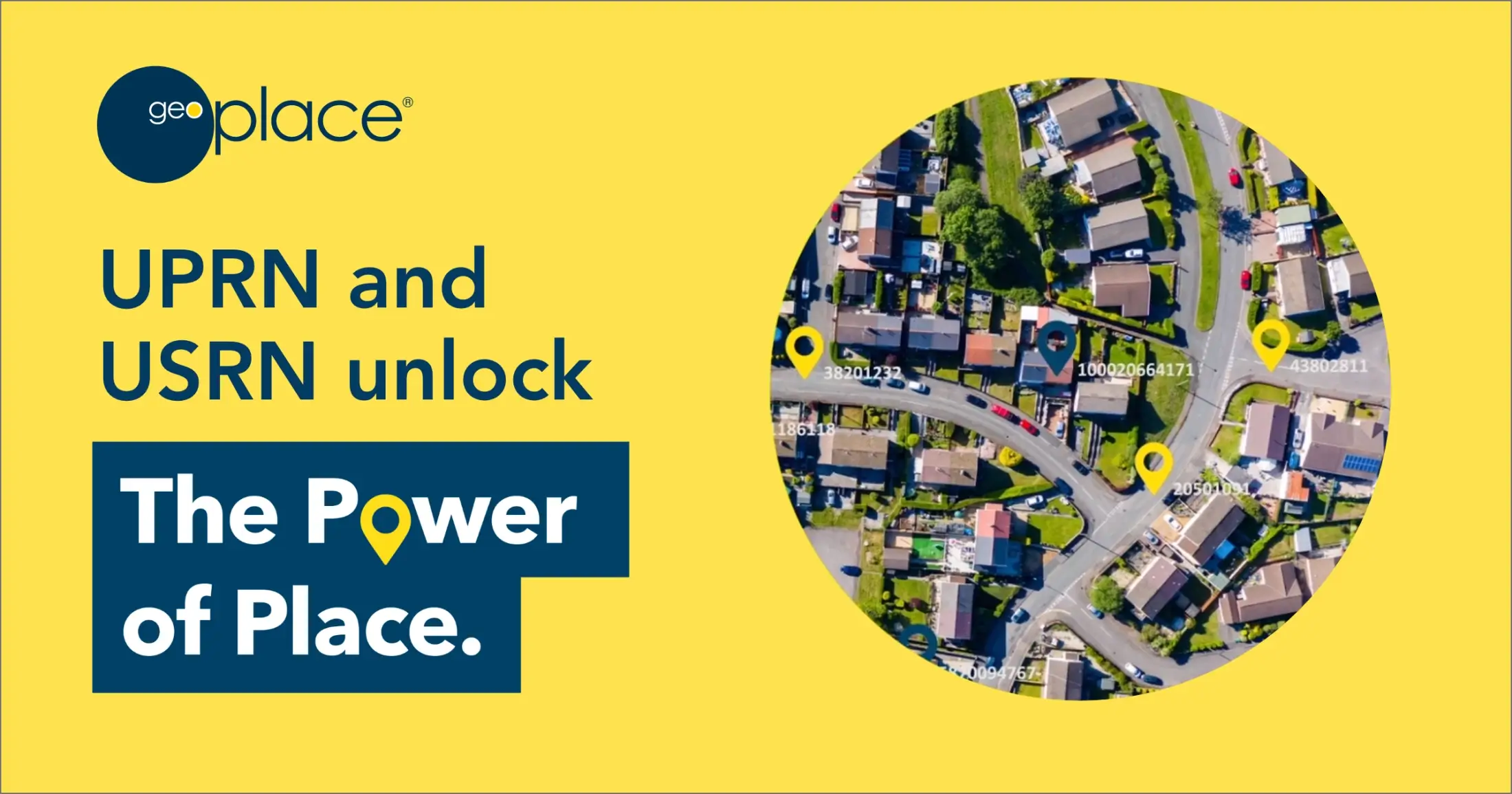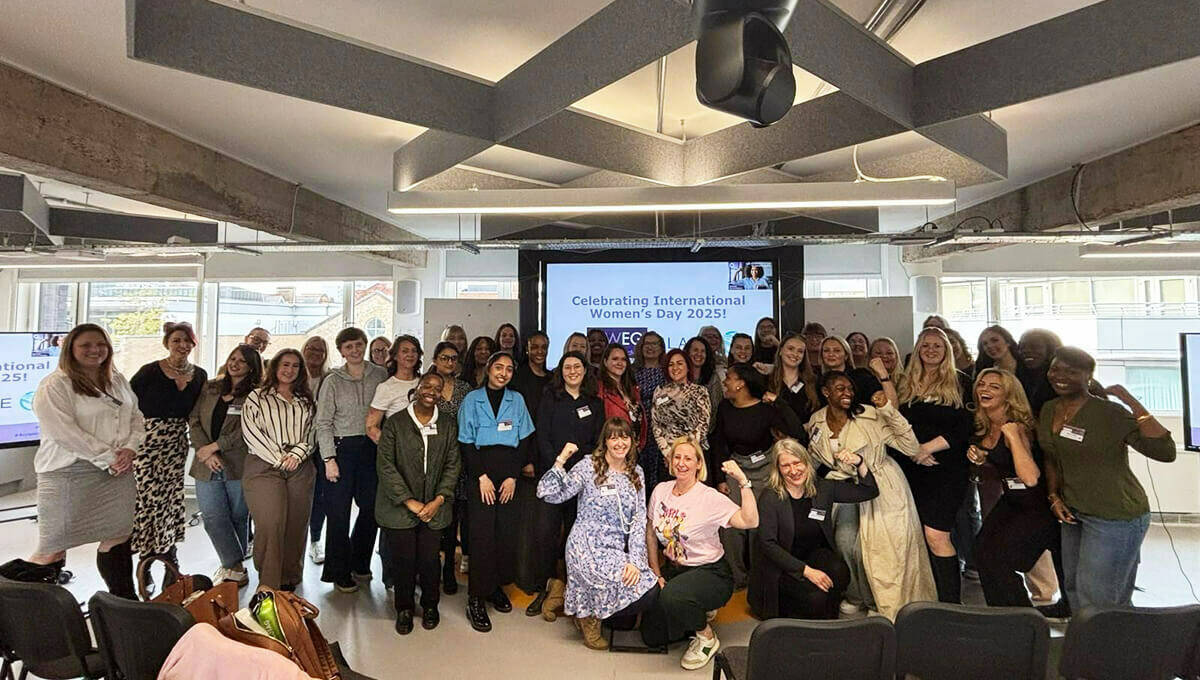By Richard Duffield, Head of Customer Insights. We’re a nation supporting a robust economic recovery, and a population that wants to see progress, quickly, across all levels of government.

Now Unique Property Reference Numbers (UPRN) and Unique Street Reference Numbers (USRN) must now be used to identify geographic locations a, right across central government, with every local authority already utilising them. Rather than seeing this as a challenge where they haven’t been integrated already, it should be reassuring to know how much UPRNs and USRNs can contribute to that economic recovery – and how easy we can help make the process.
Headline savings
Every local authority benefits from data sharing and integration that uses UPRNs and USRNs. Embedding UPRNs as a ‘driver’ for standard systems means simple – but vital – savings are guaranteed: data won’t need entering by hand or verifying ‘long hand’; e-forms and systems can be populated automatically.
On the next level, these identifiers make it easier to identify benefits’ fraud and generate additional council tax revenue; improve route planning – not just for waste collection but also for things like school buses and contractors’ services (ensuring a better return on third party outsourcing) – plus, any web services using UPRNs to verify householders and claimants’ locations will increase efficiency. They are also a vital part of the preparations to identify every residential property for the 2021 Census.
But it’s when we start projecting the benefits of these identifiers as a backdrop to policy and progress, that we start to see the potential gains writ large.
Land and property
The stamp duty threshold will be raised to £500,000 until March 2021. What does this mean for local government? At a macro level, it means more movement of households and people, leading to an increase in the stresses on the infrastructure supporting not just property transactions, but also changes in service delivery. The ripples in a pond do reach the shore, and with UPRNs and USRNs making an authoritative link between so many key services, the wash will not erode authorities’ resources the same way.
In a similar vein, plans to accelerate appropriate land development through planning reform will be pivotal. It will depend on free-flowing, authoritative, current data being exchanged with confidence – all of which is made easier by the use of UPRNs.
SS_Estate agency sold sign for a traditional English property. UK real estate market is a prosper business, a huge bubble that could pop in any moment.

Health matters and COVID-19
As a nation, collectively, we’ve never been more grateful for the heroic efforts of our NHS colleagues. Since the days of cholera outbreaks and John Snow’s use of location data to identify its source, scientists and clinicians have depended on accurate address referencing to handle many aspects of response: from providing emergency services to understanding – and containing – the spread of disease. As local authorities now need to see the shifts in household patterns, in particular how the most vulnerable people in society need more support – the integrated use of UPRNs and USRNs will deliver efficiencies straight to the bottom line.
The green agenda
The long-term policy of making progress towards a greener transport infrastructure will be accelerated by making good use of UPRNs and USRNs. In local, as well as central government, UPRNs enable the shareable analysis that helps to plan for new electric-vehicle infrastructure; to understand evolving transport patterns; and to see the effects – for local authorities and highways agencies, authorising and conducting streetworks – of utility upgrades to support this shift.
Hospitality VAT reductions
How does accurate addressing play a role in the reduction of VAT? Whenever local authorities have to handle a shift in consumer patterns, there’s a need to respond with flexibility in services. It’s known as the butterfly effect – individual actions may be so small as to be insignificant but if a cumulative impact is large enough, it can be noticed.
When one person takes advantage of the ‘eat out to help out’ initiative (offering customers up to £10 per head off, in restaurants from Monday to Wednesday), there’s very little to worry about. But when a large number of residents shift their eating, and shopping, and travelling patterns to take advantage of the offer – it does have an effect. Traffic will increase disproportionately on those days; commercial refuse will rise on those days; shops will need to – marginally – make changes in their restock policy, and there may be shifts in the take-up of home meal services, or children’s free meals in schools. Understanding these patterns is possible, by using UPRNs.
SS_Closeup of a server wearing an apron standing outside of a bistro holding up a bowl with a delicious mixed salad

Reducing risks, increasing efficiency everywhere
When we think of risk mitigation, we usually think of banks and insurers. It’s true, UPRNs are the key to data analysis that enables financial institutions to identify risks of all kinds – flood, subsidence, mortgage fraud. But many teams in local authorities are using these unique identifiers to reduce the risk of fraud, and to identify duplicates or mistakes that might otherwise be made by linking disparate systems.
UPRNs and USRNs provide the means to share definitive information, with confidence, knowing that everyone involved is using the single source of truth.
Analysing calls or identifying locations quickly for Customer Services, for example; being able to plan for emergencies with evacuation plans; registering students, allocating school places and organising school transport for the right catchment areas; managing the electoral roll and Census – essential for future planning – and running services that support public health.
For more information about UPRNs, USRNs, and the Power of Place, visit https://www.geoplace.co.uk/pow...




